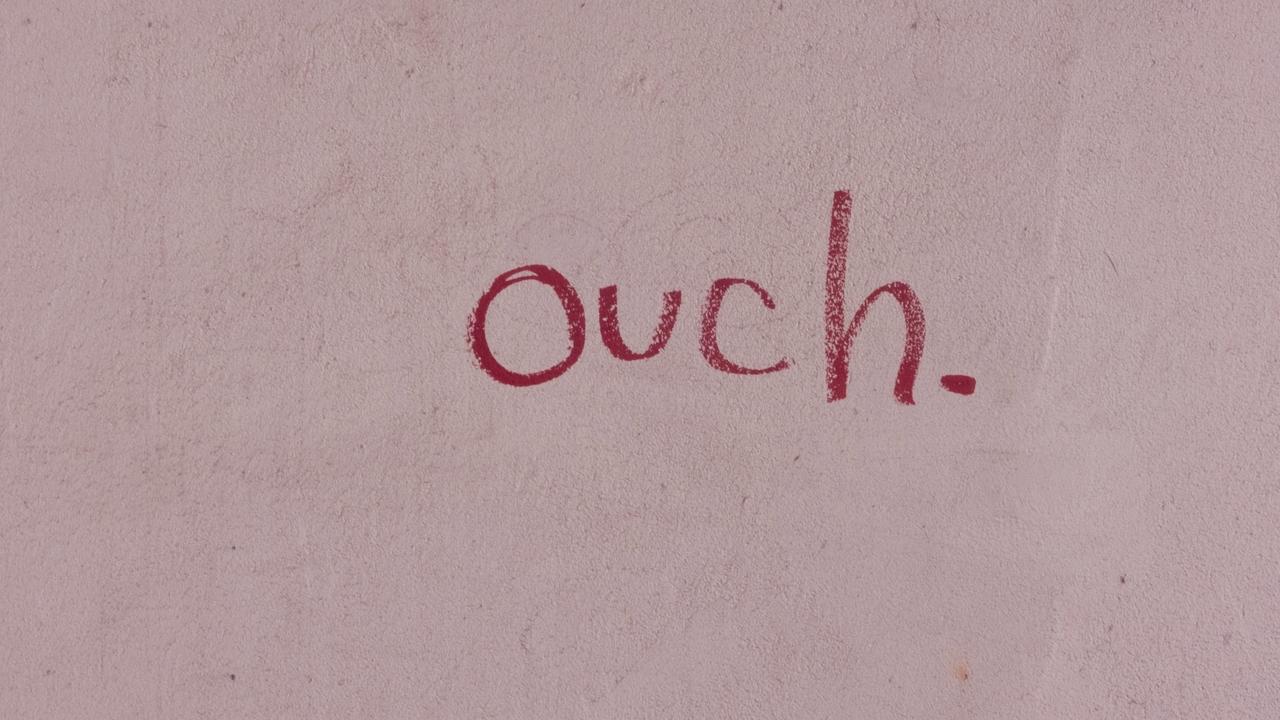
How to Practice When it Hurts
Sep 25, 2020
One recurring theme I’ve noticed, both in my own experience and in conversations with others, is the issue of injury in an Ashtanga practice. It’s something we all experience sooner or later, because it really is part of the process, but knowing that doesn’t necessarily make it feel any better in the moment.
Recognize that Ashtanga yoga is a rigorous practice with extreme and demanding postures early in the sequence, for example, standing half lotus. Some degree of pain or discomfort is unavoidable when people start their practice. It takes a long time to learn what your body can safely do on any given day. It takes most students months, if not years, of daily practice to acclimate to their practice.
It’s important to know that experiencing pain doesn’t mean you’re doing anything wrong. Pain is also not necessarily something that someone can fix. Listen to the signals your body is sending in the moment. There is a big difference between strong sensation and acute pain or injury. Listen to your body and don’t be afraid to speak up when something seems wrong.
Ashtanga is about truly embodying your body and deepening your experience of existence. And establishing how to practice in a positive and injury-avoiding manner is part of learning yoga.
I recommend my students to develop a “toolbox” for when practice hurts. Your toolbox contains all the “tools” that might help when when practice hurts.
For example, some obvious tools include:
- Talk to your teacher. Frequently it helps to ask someone who’s been where you are and who’s worked with a lot of people in the spot you’re in.
- Talk to a different teacher — sometimes, when a teacher works with someone consistently, they can develop blind spots. Another teacher you trust might offer a new perspective.
- Pilates - this has always been a favorite of mine, and it’s great for isolating body parts.
- Physical therapy – a good PT can work magic.
- Modifying postures. If a pose hurts, modify it until it doesn’t.
- Rest. Practicing every day can be too much.
- Massage.
- Ice.
Realize that it might take years to figure out what goes in your personal toolbox. Practice is deeply personal and the process of discovering how to make your practice sustainable, enjoyable, and safe is your responsibility.
All of this begs the question: how do you actually practice yoga when you are hurting? You’ve been careful, you’ve used your toolbox, and practice still hurts. Now what?
Some other practical tips for practicing when it hurts or coming back from injury are:
Think creatively. This is a big one. When my knees hurt I figured out a straight leg Ashtanga practice. When my back hurt I figured out a practice I could do without flexing or extending my back. If you can’t forward bend, and you can’t twist, maybe you do a backbending practice. If you are too attached to the exact Ashtanga sequence then it’s easy to feel disempowered by what you cannot do.
Reevaluate your pain and situation every single practice. Pay attention to how you feel on any given day. Pay attention to signals from your body after practice. Constantly adjust your practice to how you are feeling.
Skip postures. Some movements simply don’t work for some injuries. You can try to modify all you want, but sometimes it’s just better to skip poses. It can be hard to decipher when you are avoiding a pose because you don’t like it or you are avoiding it because of pain. Be honest with yourself.
Focus on what you can do. What you can do is amazing and it’s probably more than you realize. Focus on that, get excited about that. Mindset matters.
Finally and perhaps most importantly: I call it, simply enough, The List.
I learned about The List from David Garrigues last August after a long, trying stretch of health problems. He told me to make a list of every posture in my normal practice that I thought I could and wanted to do, and exclude all other asanas from my normal practice.
By avoiding focusing on what postures I couldn’t do, I was back to working with what could do. Instead of practicing in a zone of inevitable disappointment, I was in a place of progress and hope, feeling that I had this opportunity move forward in a totally new way. It was empowering.
Pain and injury always tough to work with, and the discomfort that often comes with a new practice can take a lot of time to get used to. Take it one step at a time, one day at a time, one motion at a time. These are the keys to overcoming pain, and these are the keys to overcoming the fear that pain conditions in us.
Think of what you could do. Think of what you want to do. Work from there.
You are capable of so much more than you know. Only you can find the path that takes you there, if you trust yourself and keep moving forward.
You might also like my injury 101 blog. Read it here.

Stay connected with news and updates!
Join our mailing list to receive the latest news and updates from our team.
Don't worry, your information will not be shared.
We hate SPAM. We will never sell your information, for any reason.



